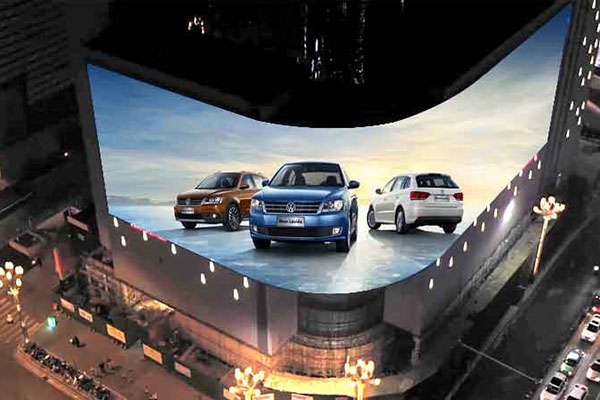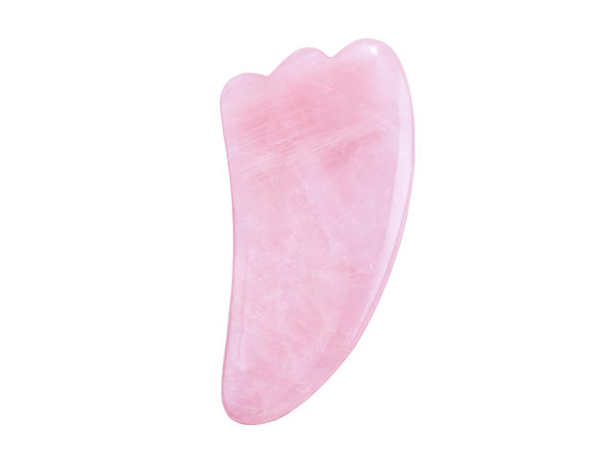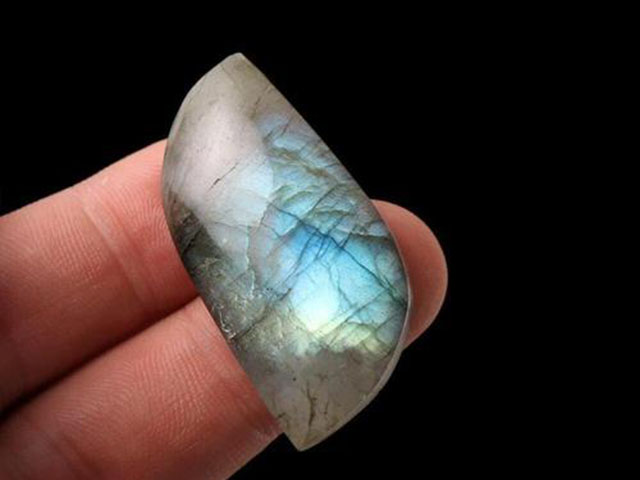Film industry is constantly evolving. With new technology that has been coming up, it’s easier than ever to have a smooth production experience with the highest quality results. The mandalorian LED wall is one such technology that made it possible to film most of the scenes in the Star Wars series Mandalorian in a virtual reality environment.
The Disney+ series Mandalorian changed the film production with this technology. With the cutting-edge tech, the production team of the series was able to eliminate on location shooting. It has removed the creative blockade and allowed the team to experiment more without restrictions.
There certainly are some limitations with this technology but overall, StageCraft has hugely shifted the paradigm of the film and TV industry. The problems with greenscreen can be fairly avoided with StageCraft.
What is a Mandalorian LED wall?
Mandalorian LED wall is a video wall designed by ILM especially for Mandolrian. The video wall consists of 1326 LED screens of 2.84 mm pixels. The height of this wall aka The Volume/StageCraft is 20 feet, width is 75 feet and is 270 degrees around. This technology is an evolved version of previously used methods of displaying live images behind the cast.
This largest virtual reality filmmaking stage ever made has redefined the film industry. The post production costs can be massively reduced by this technology. The greatest thing is that it allows actors to immerse more into their character and helps them in better execution of their role
Though this technology has been used previously in one way or another, previous methods had their limitations. For example, with previous LED walls, it was not possible for the footage to move with the camera. The Mandalorian LED walls use unreal Engine which allows the background footage to move with the movement of the camera.
The difference between mandalorian LED wall vs green screen

For many years, the film industry has relied on green screens. With this recent technology of StageCraft, many are wondering if it’s going to replace green screens. To decide whether it’s actually a better alternative to green screen, we need to learn the difference between the two.
Green screen technology involves a plain static set of green walls. The actor performs in front of a solid color such as blue or green and then the background is replaced with a scene using a computer. This is why, with green screens, post production plays a major role.
With green screens, the production team has to use a technique called Chroma keying. This technique involves removal of a colour element from the footage then replacing it with another footage.
The Mandalorian LED wall on the other hand relies on virtual production using virtual reality sets. The background footage shifts with the camera movement which makes the scene appear convincingly natural. There are also no limitations on what colour should be used on the set since there’s not anything to be removed.
For instance, in the case of the Baby Yoda character in Mandalorian, green screen would’ve been impossible since Baby Yoda is a green character. With the virtual reality background however, the filming of various sequences of the movie was as seamless as possible.
Why is a Mandalorian LED wall better than a green screen?
Though green screens have been used by the industry effectively throughout the years, it has its limitations. With green screens, most of the execution has to be done on a set with a plain solid background. This takes away from the performance of the actors. It is of course difficult for the performer to get into their character when instead of a background scene, they’re performing in front of a green background.
Another issue with green screens is that none of the costumes or objects on the set can have a green colour. This limits the aesthetics of the film. Also, since the background does not match the desired outcome, the post production team has to spend a lot of time working on the light spill caused by greenscreen.
Even with green screens, the background is never evenly green. For this reason, compositors have to work frame by frame trying to make the footage as seamless as possible. It’s not just as simple as removing the green background, there is a lot of fine detail involved. There are also some other limitations with the green screen like how it’s difficult to achieve the depth with it.
With the StageCraft however, the case is different. Instead of green spills, the light reflected by the virtual background is actually desired for the scene. For example, the lead character in Mandalorian wears a reflective helmet, the green screen would’ve caused green light to reflect on his costume but LED walls gave a realistic reflection on his attire.
One of the biggest advantages of LED walls is that sets had to be built ahead of time so during or before the shoot, only minor improvements and polishing was required. This largely reduced the time spent on shooting the scenes.
Mandalorian LED walls were also able to shift the angle of the footage with the motion of the camera. This removed any limitations of the angle. Though it’s fairly expensive, it has been able to afford a lot of other costs such as on location shooting. Reshooting is also much easier with a virtual set. The team that would’ve worked in the post production could now
work on shoot resulting in a more cohesive filming experience.
Limitations of Mandalorian LED Wall
Though virtual production is considered the future, there are some limitations to it. It is important to consider all the benefits and the restrictions before investing in this technology. For instance, the production has to make sure that they don’t zoom in to LEDs since pixels will start appearing.
Height is also an issue since despite the fact that the virtual display is tall, for taller buildings, post productions still have to put in work. The team also has to make sure that the virtual background and the object on the set blend in well. It is also important to keep a check on lighting, perspective and distortion so that live performance matches with the footage in the background.
Another issue is that scenes that involve explosives don’t go the best with virtual sets since LEDs are prone to damage from heat and explosive objects. It’s also super important for the team to be careful that they don’t run into LED walls since it’s difficult to draw the line on how far they could go.
What is the cost of Mandalorian Virtual Set
Mandalorian virtual sets are expensive. However, it’s important to keep in mind that the whole set involves end to end virtual production technology designed by ILM. It does not only involve LED wall display,you can see Doitvision virtual led production here but also virtual cameras, and virtual scouting etc. This is why the total cost of the Mandalorian virtual set exceeds $100 million.
That being said, it’s a lifetime investment for producers since it can be used for multiple seasons and can be rented out to other production teams. However, there are also more affordable options being launched right now in the market. Even though those alternatives would still have their restrictions, it can still be easier for smaller productions to invest in a small scale virtual set.
We can even hope that once this technology becomes a standard in the industry, the cost would certainly decrease. The pandemic has made it clear that investing in virtual LED walls is the only way to keep the industry alive since COVID restrictions around the world are making it impossible for the producers to arrange on location shoots.
Conclusion
Film industry has evolved pretty well over the years. With new technology like StageCraft used in the production of Mandalorian, the future of the film industry looks brighter than ever. Corporating techniques used in the gaming industry in film production, the results can look promising.
Issues like on-location shooting, and color limitations on the set aesthetics can be massively avoided. Reshooting will also be easier than ever with this technology since instead of going on location, actors can perform the scene in front of a virtual LED display.
We can even hope that LED walls will take over the film and TV industry around the world in a few years. Of course, green screens still serve a value but with LED walls, they’d be used in pieces rather than a whole background covered in green. Mandalorian LED walls will be the standard.




